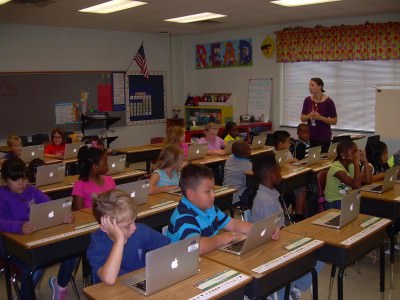

If you look at Hatteras Island on a map, it looks like a strip of land way out in the ocean. Driving there for the first time, I can’t say I felt differently seeing it in person. You travel in on NC Highway 12, frequently crossing bridges that wouldn’t look out of place in an alien landscape. I had the bad fortune of arriving there just as a Nor’easter was blowing water onto the highway, adding to the otherworldliness of the experience.
I was there in December for a unique experience. Some kids from Cape Hatteras Secondary School were going to travel down to Conetoe for a food and cultural exchange with children there. It was all arranged by Evan Ferguson, a teacher at Cape Hatteras Secondary.
She had heard about a project undertaken by the Conetoe Family Life Center. Conetoe is mostly rural, and the main industry is agriculture. The Conetoe Family Life Center had started a full-fledged farm to teach the children of the town and its surrounds how to grow food and be self-sustaining. They used their produce to help feed the community.
As you might expect given the location of Hatteras, the main industry there is fishing. But frequent weather troubles — including the aforementioned Nor’easter — have a tendency to wash out Highway 12: the only road the island can use to get off the island. When weather wails, the island is cut off, and getting fresh food onto the island goes from difficult to near impossible.

Evan wanted the kids from Hatteras to learn how to be more self sustaining. Reverend Richard Joyner at the Conetoe Family Life Center wanted his children to learn more about how other areas of the state tackle the food-related issues they face.
I rode with the kids from Hatteras down to Conetoe. Rain poured and water washed into the parking lots of Hatteras establishments and across the highway. We very nearly didn’t make it out —leaving the island just as Highway 12 was closed.
The documentary I created from the experience chronicles our trip and shows the beginning of the collaboration between Hatteras and Conetoe. It wasn’t a one-off experience. The first trip was short, but it was followed by another in April. The kids from Hatteras got to try actual farming this time.
This whole project — the collaboration and the food program — is something I’ve never seen before. These are local people tackling local problems, and working with other communities to share information. This is the kind of locally-sourced solution government at all levels admires, and it’s happening right under our noses.
And it’s more than that. It’s a coming together of races. The kids from Cape Hatteras who came on the trip are predominantly white. The kids from Conetoe are predominantly African-American. Watching them connect for the first time, I imagined there might be some tensions, some discomfort. And there were. But it was mostly the kind of discomfort one sees when strangers meet. By the end of the second trip, both groups seemed at ease.
Thinking back to my days in high school, I am simply impressed with this collaboration. These kids are doing something I wasn’t capable of at their age. And Evan’s vision made this all possible.
I hope our documentary will give you a glimpse into the passion of the two communities and inspire you to think of how you can contribute to the challenges in your own community. The Conetoe Family Life Center and Cape Hatteras Secondary School should be models for us all.



